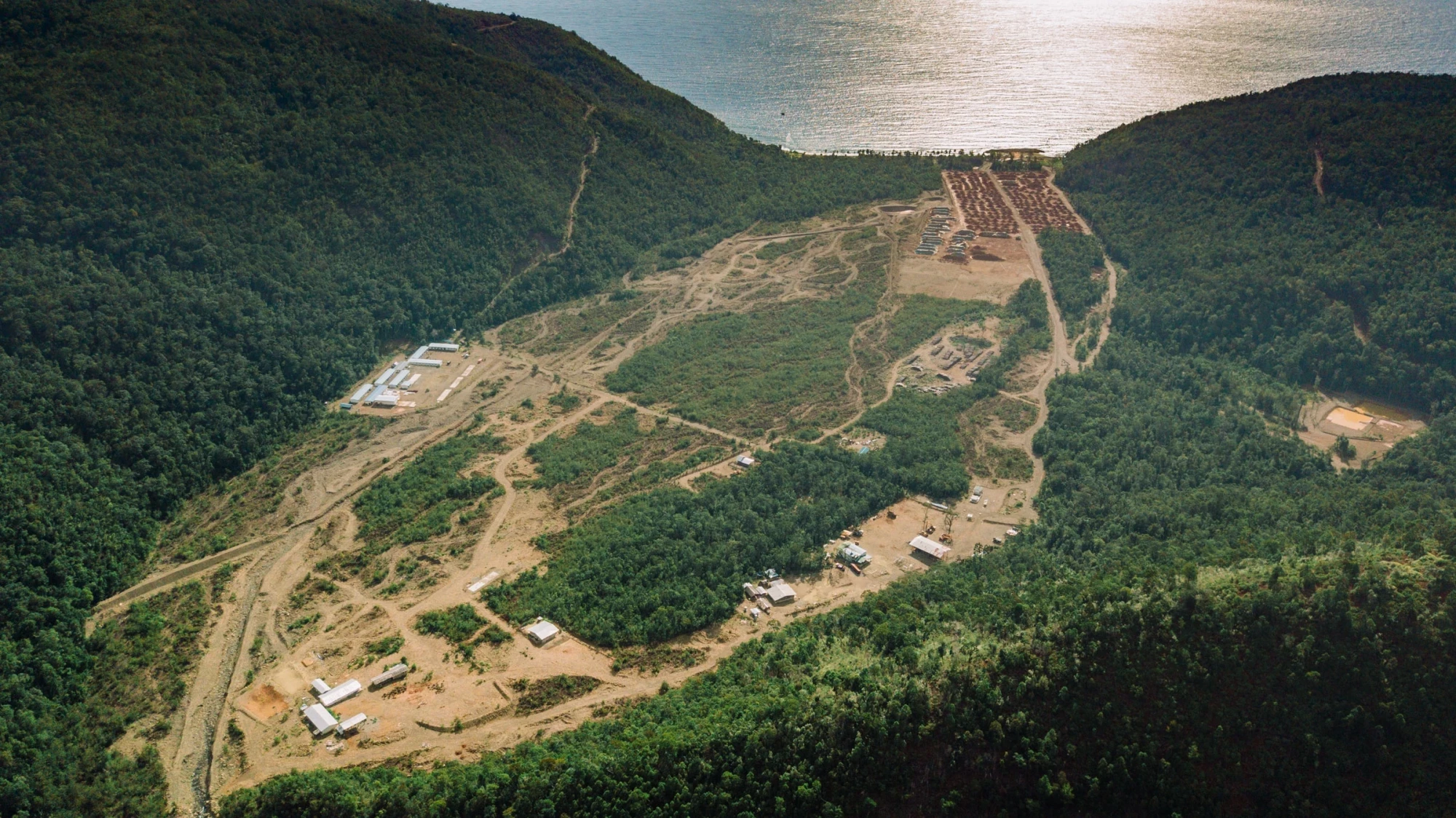Keeping Nature In Mind During Nickel Production

Although nickel is an essential element for plants, as for all metals and chemicals, excessive amounts can harm the quality of the environment for animals and plants. This is why nickel is tightly regulated and subject to extensive review under several legislative frameworks.
The Philippine government wants to triple the size of the country's mining industry by 2027, and nickel will be the cornerstone of such a revival. However, environmental concerns persist and the challenges of doing business in an increasingly globalized sector mean any optimism over the future of nickel in the Philippines must be taken with the proverbial grain of salt.
As a responsible manufacturing organization, Hallmark Mining Corporation through its Pujada Nickel Project continues to establish and maintain a Central Nursery complete with seedlings and collected wildlings. To date, the actual inventory of the nursery includes endemic and pioneer species for the progressive rehabilitation and temporary revegetation efforts.
Currently, only enhancement planting and commitment to the Special Tree Cutting Permit conditions are being done. Once the operation resumes, planting for progressive rehabilitation and temporary revegetation will also resume given that available areas for planting are ready.
Central Forest Nursery Wildlings Production
In addition to wood species, the company also propagates Bamboo propagules in various locations in the nickel manufacturing site such as the Salinkomot and Magum areas. The bamboo culms in the nursery are regularly maintained and watered.
Propagated and Planted Bamboo Propagules
Hallmark Mining Corporation also initiated an internal vegetable garden at the Magum camp. These plots of home-grown fresh produce are intended for the internal consumption of the nickel extraction employees.
Hallmark Mining Development Corporation prepares for the upcoming resumption of nickel extraction operations. To ensure safety, the team inspected the area, including environmental studies as part of the company's commitment and advocacy.
At the Pujada Nickel Project electrical installations of the company were inspected and assessed by an Industrial Electrician. This in line to the decommissioning of the old units and the eventual commissioning of the newly acquired 125 and 250 kVA generator units. Electrical lines were also checked along with major components such as the Assay Laboratory, Sample Preparation and the offices.
In the belief that every man is responsible for the future of the earth, employees from the different department of Hallmark Mining Corporation cleaned the Salinkomot coastal area last March 18, 2022. This is also in compliance with the quarterly commitment of the company to maintain the cleanliness of the beach. Litters in the form of plastics and other non-biodegradable wastes washed ashore were collected in sacks and properly disposed at the LGU dump site. Efforts like this instill values such as camaraderie, teamwork, responsibility, and environmental stewardship of the company.
Nickel and the Environment
The prospect of environmental damage from process nickel mining and nickel extraction remains the biggest obstacle to larger-scale mining operations in the Philippines, with environmentalists strongly opposed to new projects.
The Philippine Mines and Geosiciences Bureau, on the other hand, is more optimistic about the potential impact on the environment. “As part of the first phase of the roadmap, there are already policies in place to mitigate the negative impacts of surface mining,” its director is quoted in saying. He adds: “For example, a nickel project with an annual extraction capacity of one million tons of wet will only be allowed to disturb a maximum area of 50 hectares at any given time. They are not allowed to develop new areas until the already exploited areas are gradually improved, rehabilitated and rehabilitated. There is an allowable limit for the production of disturbed surfaces.
"Underwater disposal of tailings waste at sea was allowed in the country until the early 1980s, but is no longer allowed," Director Moncano continued. “Waste treatment is currently done through the construction of an inland storage or deposition facility. Waste containment is now inland [and] requires a balance between economics and environmental protection.
But he also adds that "We cannot sacrifice the environment for the sake of economic growth” which attests to the mining industry’s understanding of its long-term responsibility to the environment.
As government and industry policies on environmental impact tighten, nickel miners and producers will face the challenge of meeting technical criteria and qualifying as suppliers of a a range of products increasingly differentiated by nickel in terms of quality and impurities (such as nickel and it will become less and less commodity), and at the same time proving to the rest of the process nickel mining value chain that the nickel they produce The production is clean from the social and environmental point of view. In response to this interest in clean nickel, a number of smaller nickel producers have announced ambitious CO2-neutral production plans aimed at increasing the value of their assets and attracting interest from investors. investors and OEMs. Existing process nickel mining operations follow a similar trend.
Hallmark Mining Corporation is a nickel production mine in the Philippines committed to responsible and sustainable nickel mining practices; for more information visit our website.